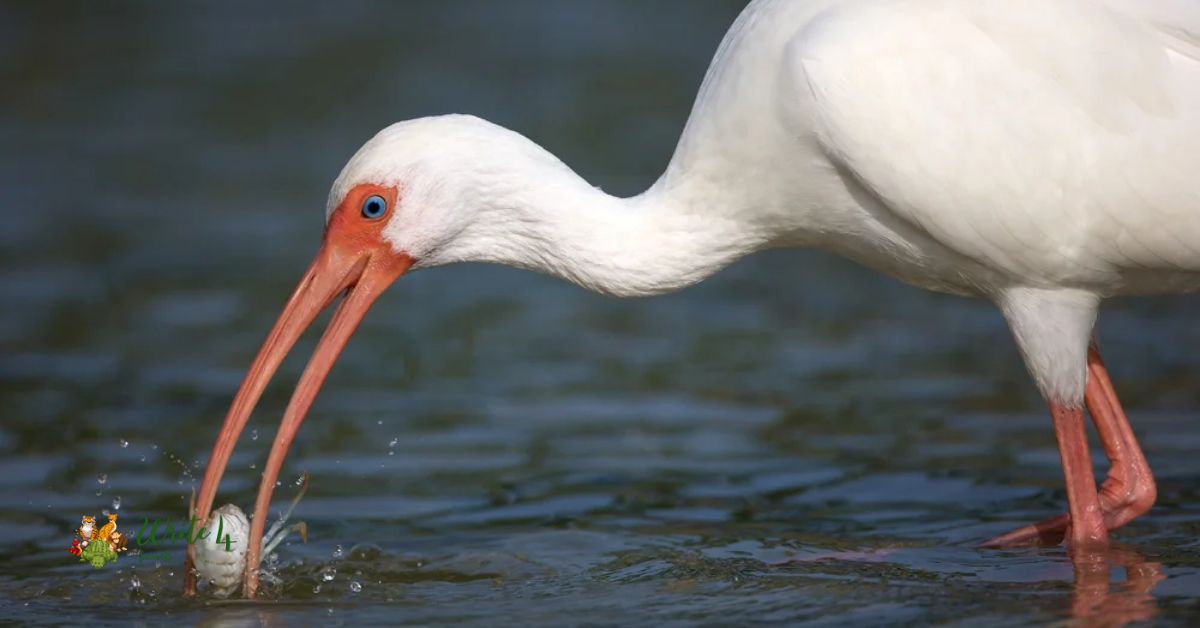Nature’s palette is vast and diverse, showcasing an array of breathtaking colors and forms. Among the myriad wonders of the avian world, white birds with long beaks stand out as a symbol of elegance and grace.
In this exploration, we delve into the enchanting realm of these majestic creatures, uncovering the top 12 white birds with long beaks that captivate the imagination and inspire awe.
12 white birds with long beaks
1. Spoonbill
The Spoonbill, a distinctive wader with an unmistakable appearance, derives its name from its unique spoon-shaped bill. This long, flat bill is a remarkable adaptation for its feeding habits. Spoonbills are often found wading in shallow waters, sweeping their bills from side to side in a graceful motion.
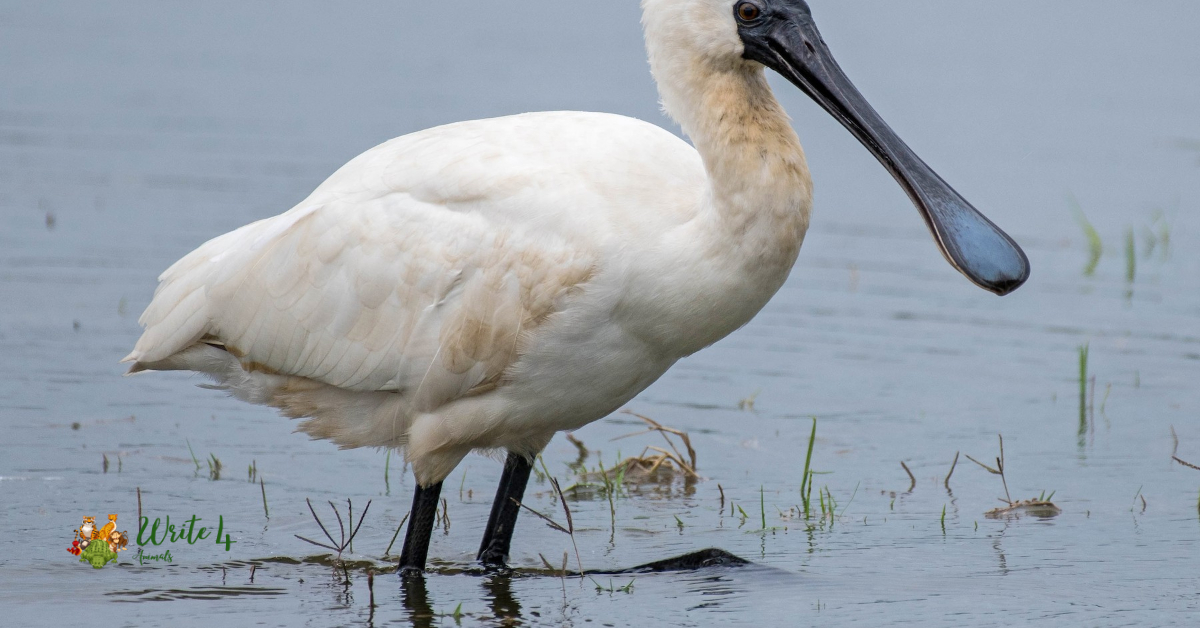
Their primary diet consists of small aquatic organisms such as fish, insects, and crustaceans. With their striking white plumage and contrasting black markings on the wings and face, Spoonbills are not only functional but also aesthetically captivating.
These sociable birds are known for their communal nesting habits, often forming colonies in marshy areas. The Spoonbill’s elegance in flight, characterized by slow, rhythmic wing beats, adds to its overall charm. Whether observed in flight or leisurely foraging in wetlands, the Spoonbill stands as a testament to nature’s ingenuity in adapting form to function.
2. Ibis
The Ibis, an emblem of ancient Egyptian mythology and a symbol of divine wisdom, is characterized by its long, downward-curved bill. This long bill is an essential tool for probing the soft mud of wetlands in search of prey, including insects, small fish, and amphibians.
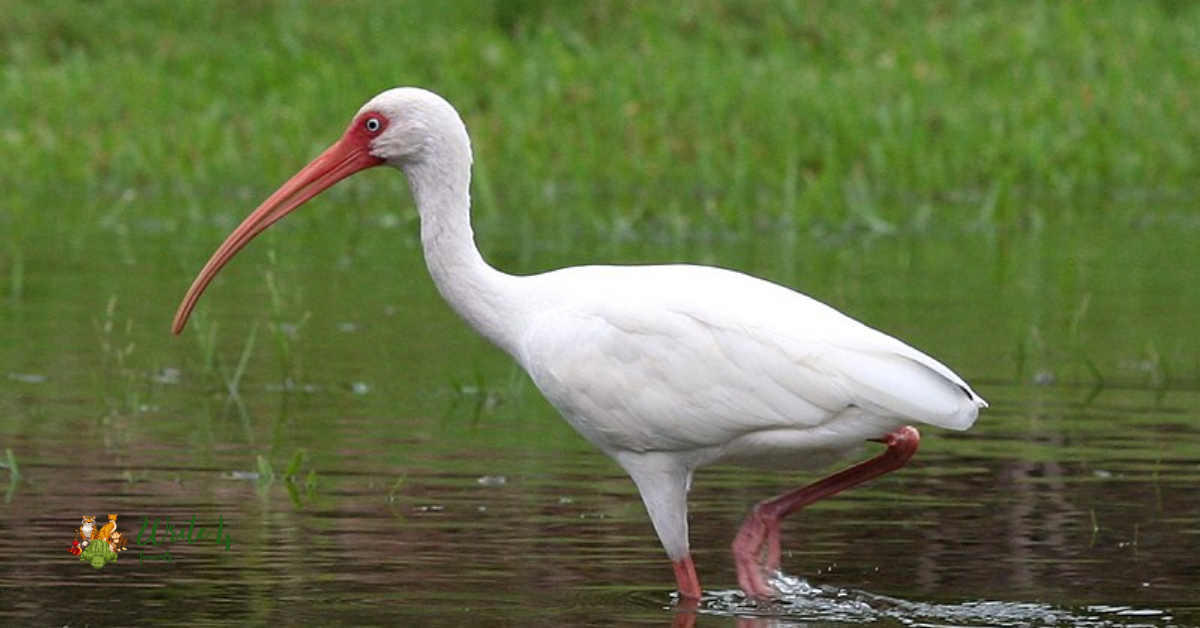
Ibises are often seen in flocks, gracefully navigating their way through marshes and shallow waters. With their sleek white plumage and distinctive facial and throat markings, Ibises exude an air of regality. Known for their adaptability, these birds can be found in various habitats, from coastal areas to inland wetlands, showcasing the Ibis’s versatility in thriving across diverse ecosystems.
3. Egret
The Egret, a symbol of purity and grace, is distinguished by its slender, elongated neck and a sharp, slender bill. Often found in shallow waters, these birds use their long bills to expertly hunt for fish, frogs, and other small aquatic prey. The Egret’s all-white plumage, especially during the breeding season when long, elegant plumes develop, adds to its enchanting appearance.
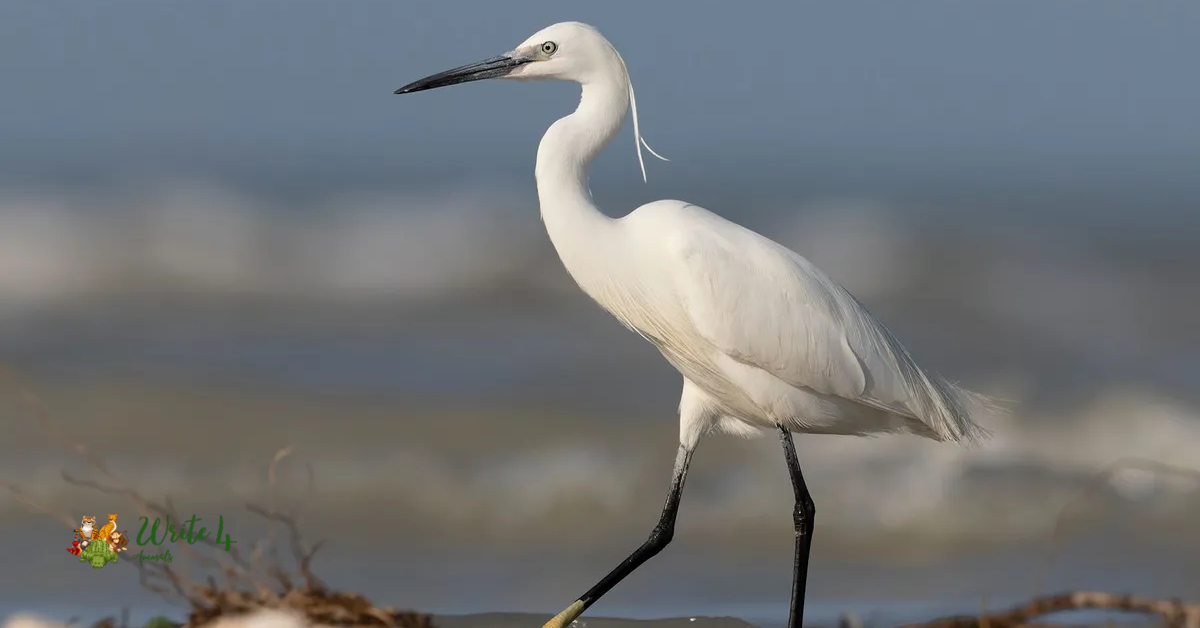
Egrets are known for their patient and methodical hunting techniques, standing still for extended periods before striking with lightning speed. Their ethereal presence and deliberate movements make them a favorite subject for birdwatchers and nature enthusiasts alike. The Egret’s timeless beauty and refined demeanor highlight the delicate balance of form and function in the avian world.
4. Heron
The Heron, a masterful hunter with a commanding presence, is renowned for its long legs, graceful neck, and distinctive long beak. Found in a variety of aquatic habitats, from freshwater ponds to coastal marshes, Herons are skilled stalkers that patiently await their prey. Their long bills are instrumental in catching fish, amphibians, and even small mammals.
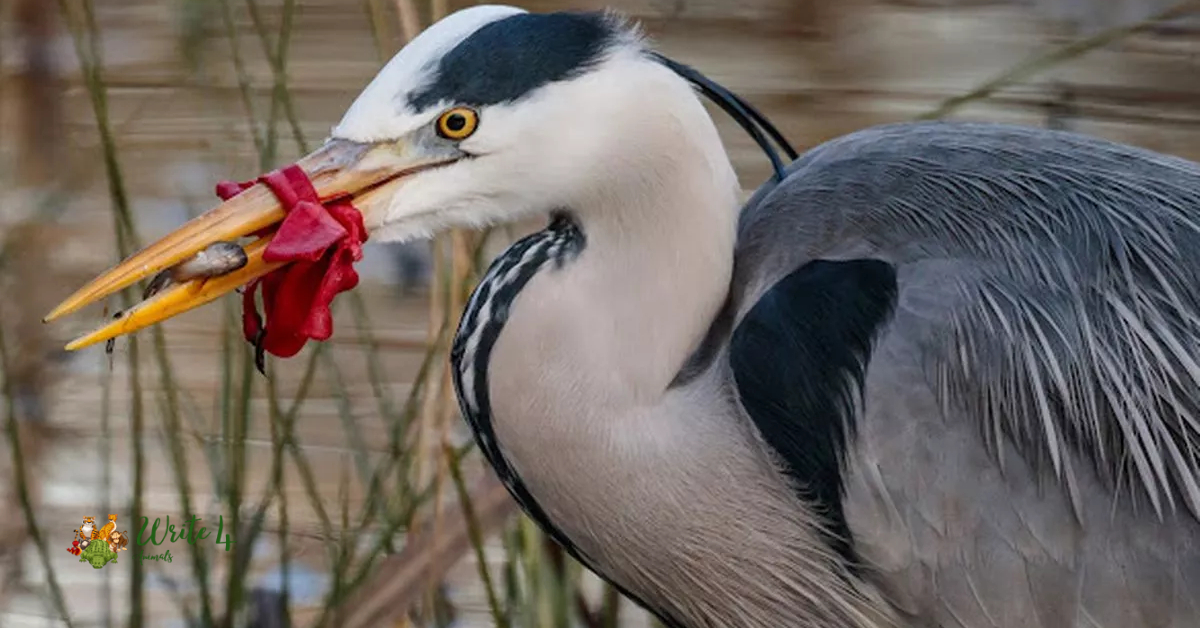
Heron species exhibit a wide range of sizes and colors, but their common features include a dagger-like beak and a slow, deliberate hunting style. Whether wading through water or perched majestically in trees, Herons exemplify the art of precision in their foraging techniques. The sight of a Heron in flight, with its expansive wingspan and elongated neck, is a testament to the avian grace that captivates observers worldwide.
5. Stork
The Stork, a symbol of birth and renewal in various cultures, is recognized for its distinctive appearance, characterized by a long neck, sturdy body, and a straight, pointed beak. These large birds are often associated with nesting in trees, chimneys, or atop man-made structures. Storks are known for their migratory behavior, covering vast distances in search of suitable breeding and feeding grounds.
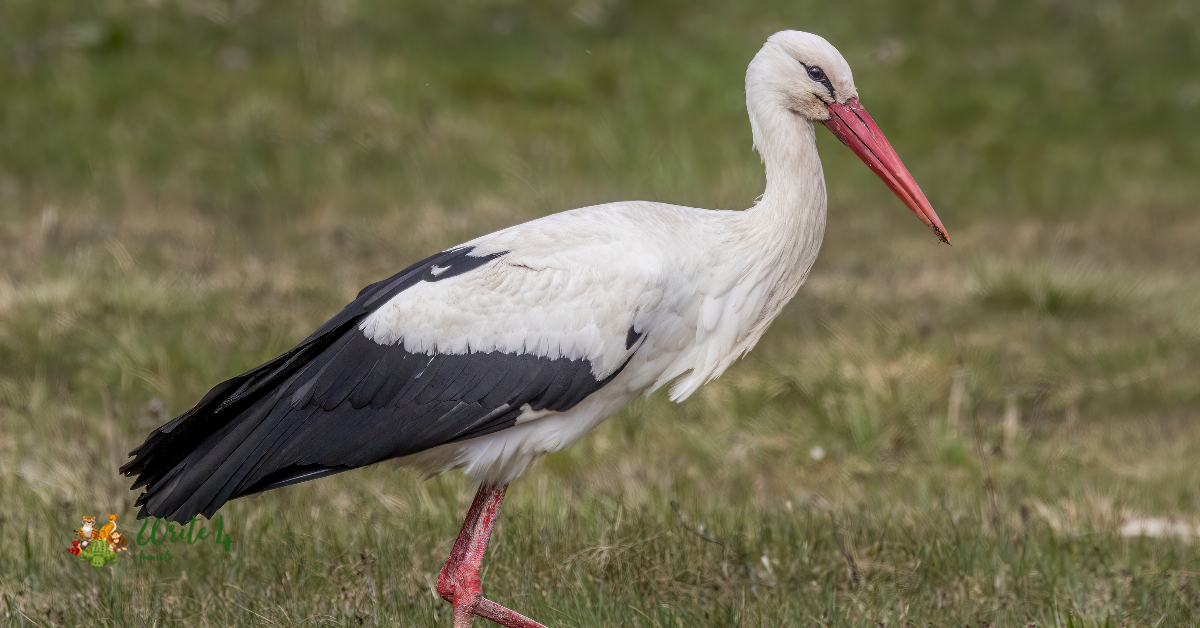
With their long bills, Storks are adept at capturing a diverse range of prey, including fish, amphibians, and small mammals. Their soaring flight and communal nesting behaviors make Storks a captivating species to observe, symbolizing hope and continuity in the natural world.
6. Avocet
The Avocet, a striking wader distinguished by its upturned bill, is a marvel of avian design. This unique adaptation allows Avocets to sweep through shallow waters with unparalleled precision, capturing small invertebrates and crustaceans. Their slender, long legs and contrasting black-and-white plumage further contribute to their visual allure.
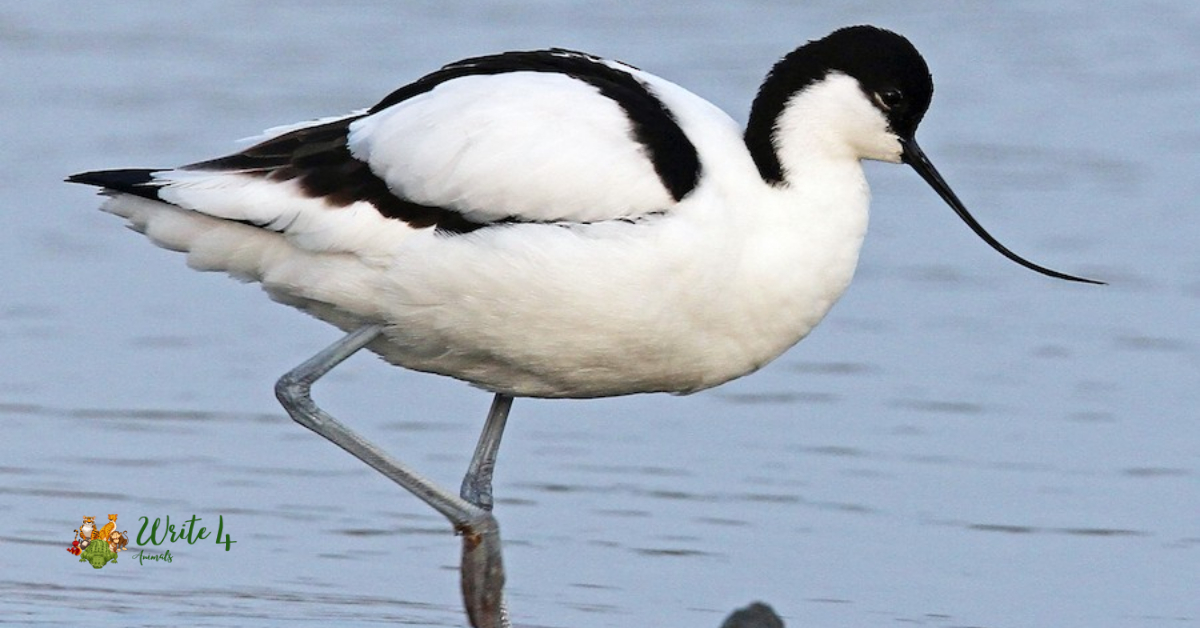
Often found in coastal areas and saline wetlands, Avocets exhibit both elegance and efficiency in their foraging behaviors. The distinctiveness of their upturned bills sets them apart in the avian world, showcasing the evolutionary ingenuity that enables species to thrive in specific ecological niches. The Avocet’s presence in salt pans and estuaries adds a touch of grace to these habitats, making them a fascinating subject for birdwatchers and nature enthusiasts alike.
7. Tern
The Tern, a master of aerial acrobatics and a symbol of agility, is characterized by its slender body, distinctive black cap, and a sharp, pointed beak. These seabirds are renowned for their remarkable diving prowess, plunging headfirst into the water to catch fish with precision. Terns are often found in coastal areas, exploiting their keen vision and agile flight to snatch prey from the water’s surface.
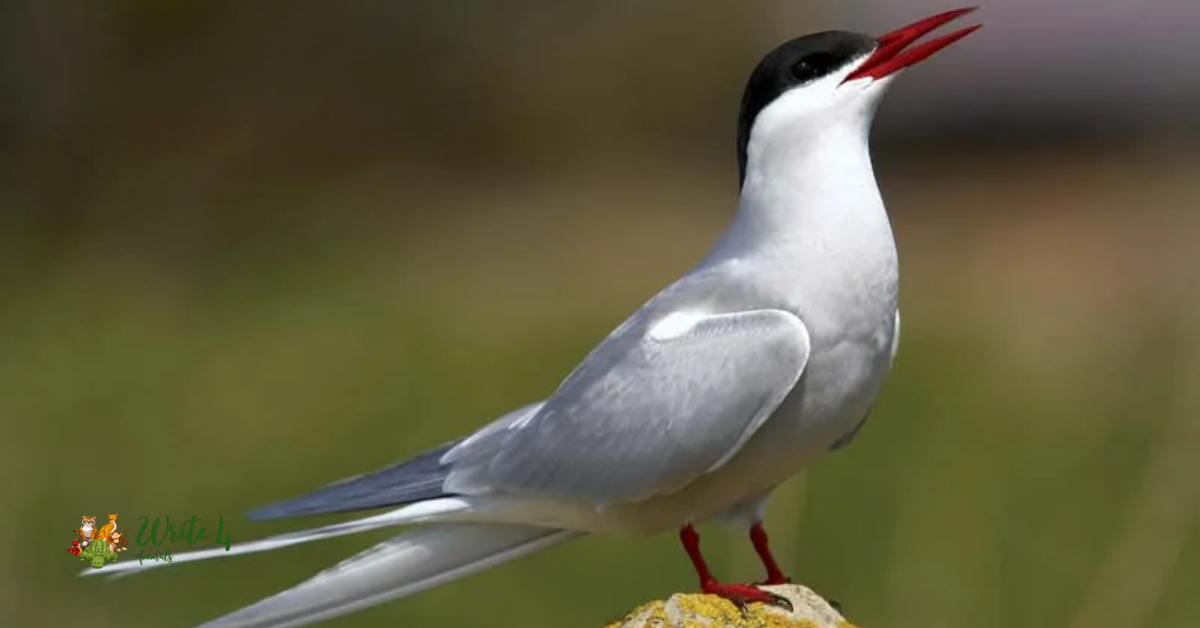
With their long bills adapted for catching swift and elusive prey, Terns navigate the skies with grace, executing sharp turns and dives that showcase their unparalleled aerial skills. The black cap, contrasting against their white plumage, gives them a distinctive appearance, making Terns a captivating sight along shorelines and in marine environments.
8. Pelican
The Pelican, a symbol of abundance and resilience, is recognized for its large size, distinctive throat pouch, and long, robust bill. These coastal and freshwater birds are expert divers, using their long bills to scoop up fish from the water. Pelicans are known for their cooperative hunting behavior, where they work together to corral and capture schools of fish.
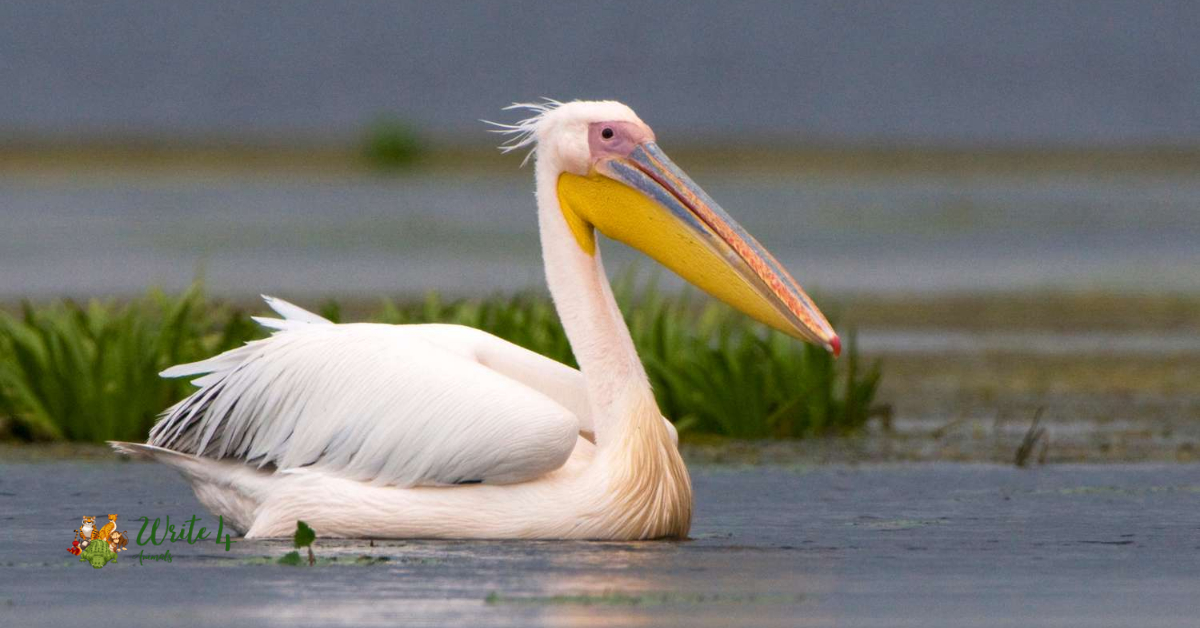
The elongated bill of the Pelican is a formidable tool in its feeding strategy, enabling it to efficiently gather and store prey in its expandable throat pouch. Whether soaring through the air with effortless grace or floating serenely on the water’s surface, Pelicans are a testament to nature’s adaptability and the intricate interplay between form and function in the avian world.
9. Ivory Gull
The Ivory Gull, a denizen of the Arctic regions, is a stunning bird with an all-white plumage and a slender, slightly curved bill. Contrary to its name, the Ivory Gull is not ivory-colored but appears as a beacon against the snow-covered landscapes of the Arctic. These gulls are highly adapted to frigid environments, where they feed on fish, invertebrates, and scavenged carrion.
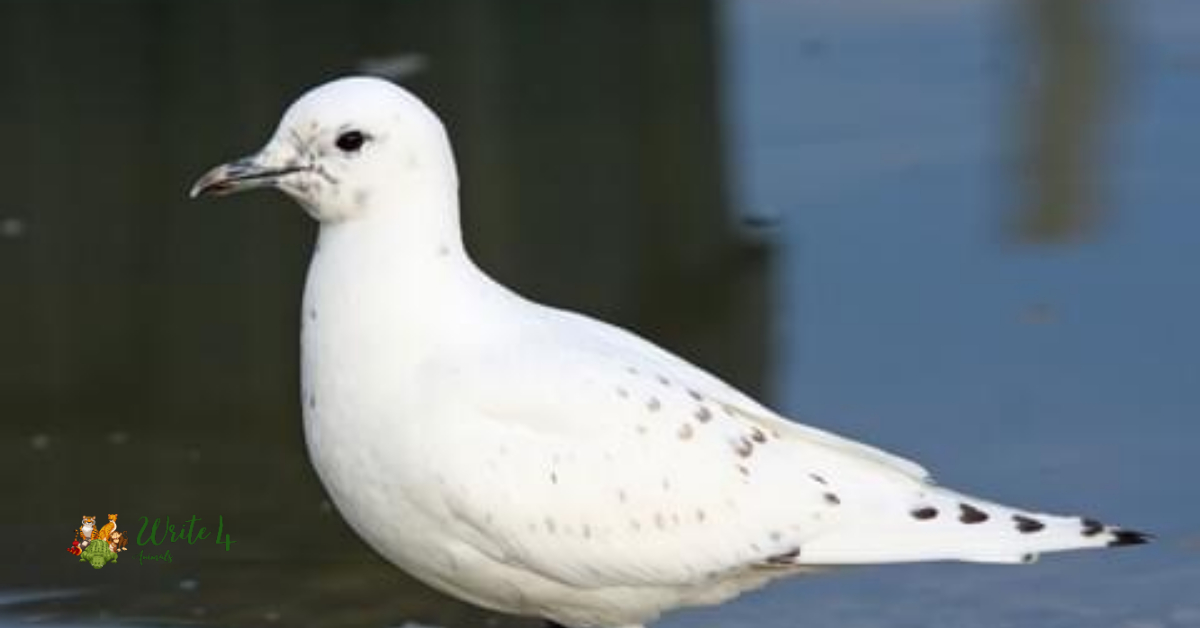
The Ivory Gull’s slender bill is well-suited for precision in capturing prey in icy waters, showcasing the species’ resilience in harsh conditions. With their pristine plumage and Arctic habitat, Ivory Gulls embody the elegance of birds adapted to extreme environments, adding a touch of purity to the remote landscapes they call home.
10. American white ibis
The White Ibis, a striking wading bird, is distinguished by its long, curved bill and pristine white plumage. Found in a variety of wetland habitats, from marshes to coastal areas, White Ibises use their bills to probe the mud for crustaceans, insects, and small fish. These sociable birds often forage in groups, presenting a picturesque scene against the backdrop of their preferred watery landscapes.
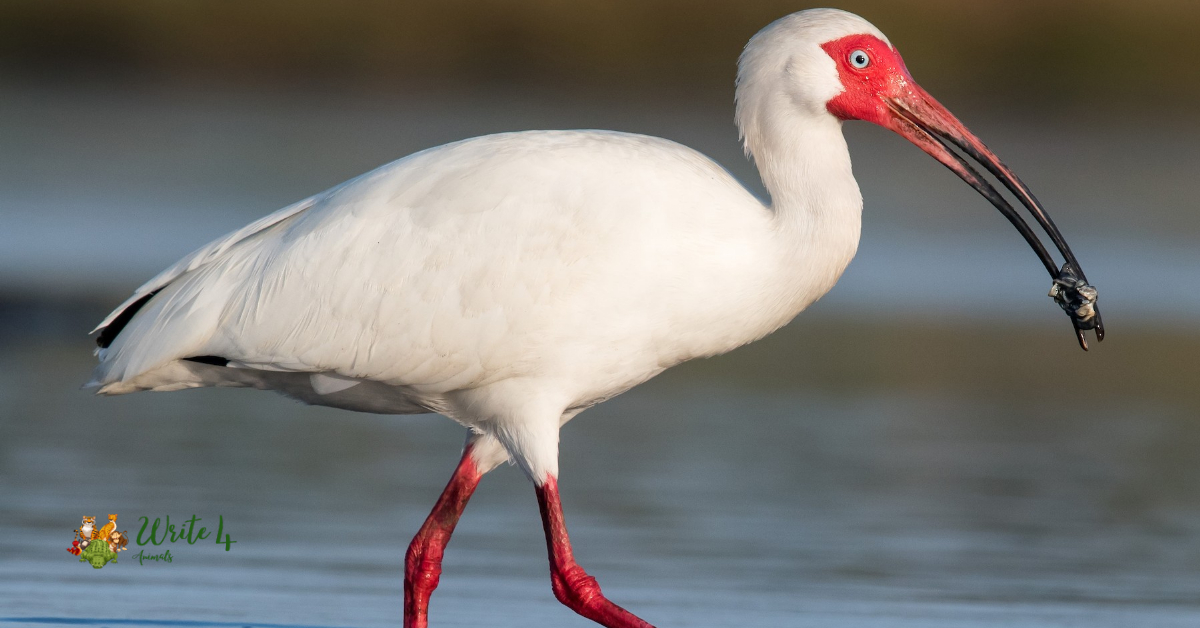
With their long, slender bills and distinctive facial features, White Ibises embody both elegance and functionality. Their remarkable adaptability allows them to thrive in diverse ecosystems, making them a common and enchanting sight for birdwatchers and nature enthusiasts.
11. Sanderling
The Sanderling, a small and agile shorebird, possesses a slender, slightly downturned bill. Often found along sandy shores, these birds use their long bills to probe for tiny invertebrates in the sand. Sanderlings are known for their distinctive feeding behavior, chasing retreating waves to capture prey and showcasing their swift, nimble movements.

The elongated bill of the Sanderling is a specialized tool for extracting food from sandy substrates, reflecting the species’ adaptation to a dynamic coastal environment. Their plumage, which changes from breeding to non-breeding season, adds to their visual appeal as they navigate the intertidal zones in search of sustenance.
12. Black-crowned Night Heron:
Concluding our exploration is the Black-crowned Night Heron, a nocturnal bird with a stocky build and a distinctive black cap. Despite its name, this heron is often active during the day, employing its long bill to catch a variety of prey, including fish, insects, and small mammals. With their reddish eyes and black-and-gray plumage, Black-crowned Night Herons possess a mysterious allure.
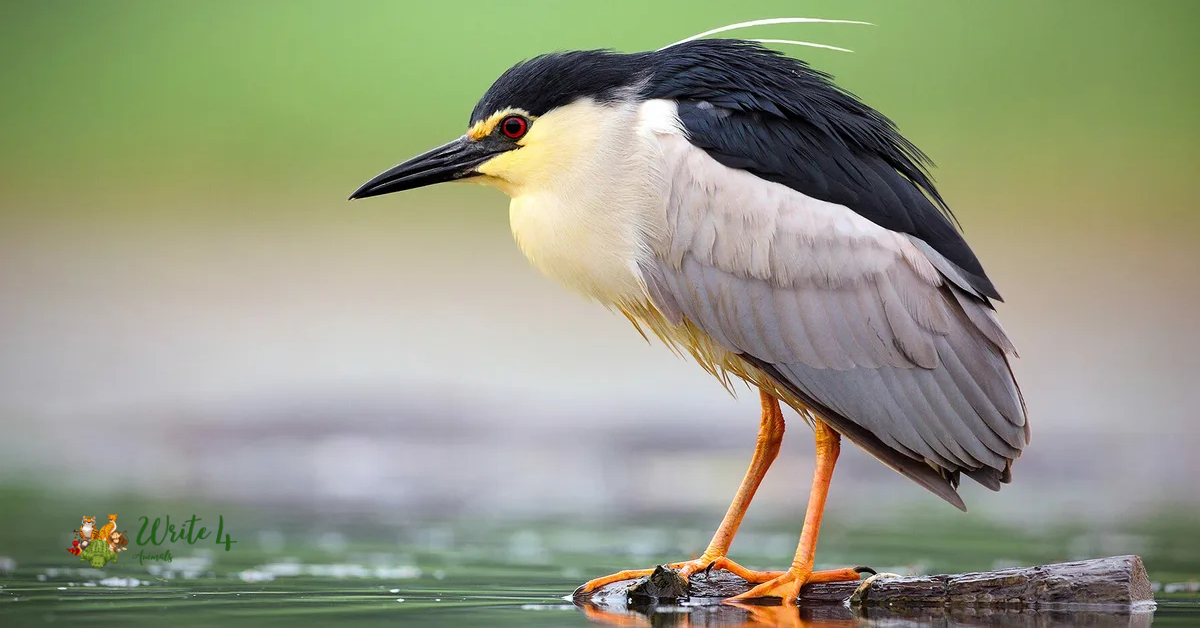
The long bill of the Night Heron is a versatile tool for capturing both aquatic and terrestrial prey, showcasing the adaptability of these birds to diverse habitats. Often found in marshes, wetlands, and wooded areas, the Black-crowned Night Heron’s distinctive appearance and hunting techniques make it a fascinating subject for birdwatchers exploring the intricacies of the avian world.
Frequently Asked Questions
[sc_fs_multi_faq headline-0=”h4″ question-0=”What makes white birds with long beaks unique?” answer-0=”White birds with long beaks are unique for their elegant appearance and specialized feeding habits. The combination of pristine white plumage and lengthy, often slender, beaks sets these birds apart, contributing to their visual appeal and ecological significance.” image-0=”” headline-1=”h4″ question-1=”Where are these birds commonly found?” answer-1=”These birds inhabit a diverse range of ecosystems, including wetlands, coastal areas, and freshwater environments. Their adaptability allows them to thrive in various regions across the globe, from tropical to polar climates.” image-1=”” headline-2=”h4″ question-2=”What is the purpose of the long beaks?” answer-2=”The long beaks serve various purposes depending on the species. They are often adapted for capturing prey, such as fish, insects, and crustaceans, from different aquatic environments. The length and shape of the beak are specialized for the specific feeding behaviors and ecological niches of each bird.” image-2=”” headline-3=”h4″ question-3=”Are these birds migratory?” answer-3=”Many of these white birds with long beaks exhibit migratory behaviors, covering vast distances in search of suitable breeding and feeding grounds. Their migratory patterns often coincide with seasonal changes and the availability of resources.” image-3=”” headline-4=”h4″ question-4=”How do these birds interact with their environment?” answer-4=”These birds play crucial roles in their ecosystems. For instance, they contribute to nutrient cycling by controlling populations of prey species and influencing vegetation dynamics. Some species also exhibit social behaviors, forming colonies for nesting and breeding.” image-4=”” headline-5=”h4″ question-5=”Can these birds be kept as pets?” answer-5=”In many regions, keeping these birds as pets is not recommended or legal due to conservation regulations. These birds are best observed and appreciated in their natural habitats, where they contribute to the balance of local ecosystems.” image-5=”” count=”6″ html=”true” css_class=””]
Also Read
1. Top 15 Animals that live in a lakes
2. Top 12 Most Evil Animals in the World
